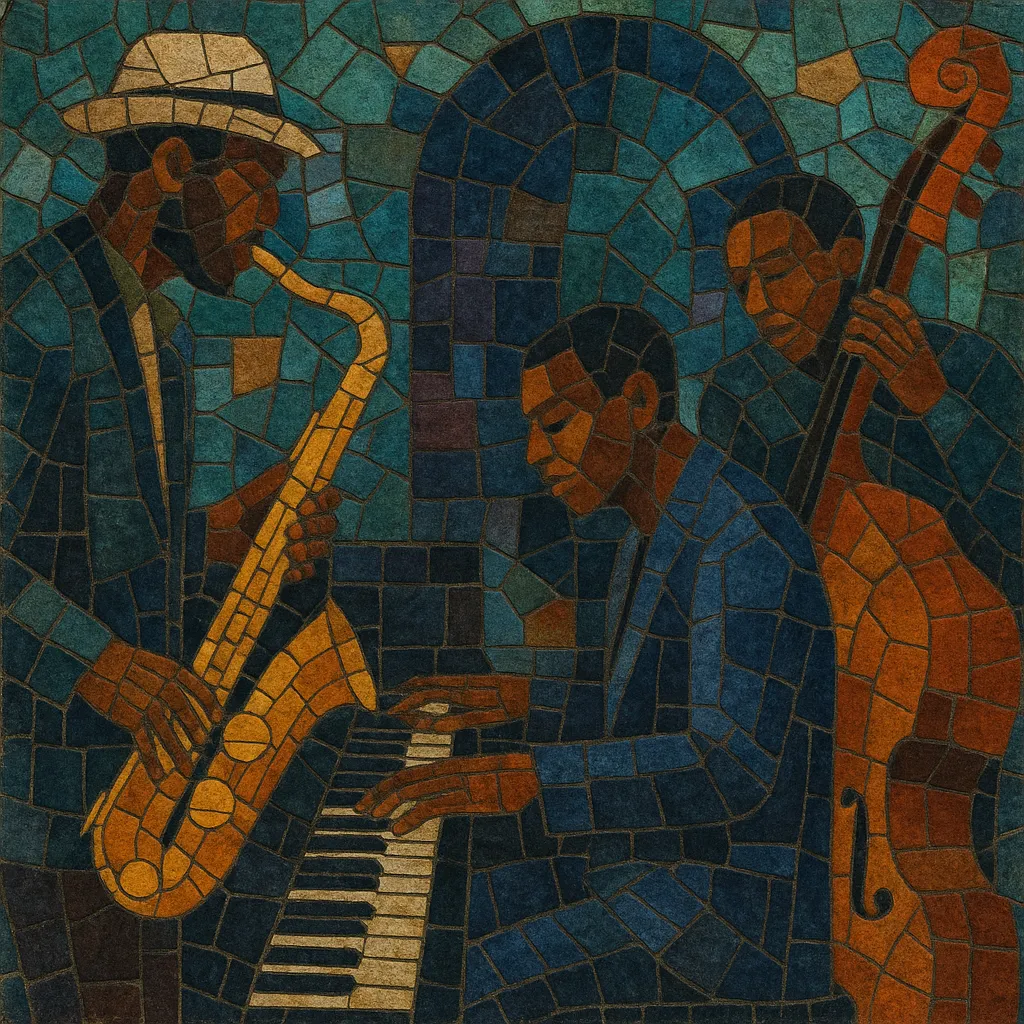Nu jazz is a late-1990s movement that blends contemporary electronic production with the improvisational language and harmony of jazz. It keeps jazz’s extended chords, modal colors, and live soloing, but places them over programmed beats, sampled textures, and synth-driven arrangements.
Typical tracks feature warm Rhodes or piano voicings, roomy horns, and deep bass sitting alongside house, broken beat, or downtempo grooves. The result is music that feels both club-ready and listening-focused, bridging intimate jazz sensibilities with modern electronic sound design.
Nu jazz emerged as DJs, producers, and improvisers sought to extend the acid jazz and jazz fusion playbook with more contemporary electronics. The Oslo scene (notably Bugge Wesseltoft and Nils Petter Molvær) and collectives in Germany, the UK, France, and Sweden helped define the sound, shifting jazz from live funk-band formats toward studio-centric, beat-driven production. Labels and projects associated with future-leaning jazz aesthetics provided a platform for meticulous electronic craft alongside jazz harmony and improvisation.
In the early 2000s, acts such as The Cinematic Orchestra, Jazzanova, Koop, and St Germain brought nu jazz into international clubs and festivals. The style diversified: some leaned toward broken beat and house, others toward cinematic downtempo, while many emphasized live horns, strings, and real-time improvisation over programmed rhythms. Compilation culture, boutique labels, and cross-genre collaborations spread the sound to wider audiences.
Nu jazz continued to influence producers across lo-fi, beat scenes, and indie electronics. While the name is less foregrounded, its DNA—extended jazz harmony over precise electronic grooves—remains audible in modern jazz beats, chill/lo-fi movements, and hybrid live-electronic ensembles. Contemporary artists frequently merge onstage improvisation with laptop-driven sets, keeping the nu jazz approach relevant in both clubs and concert halls.


